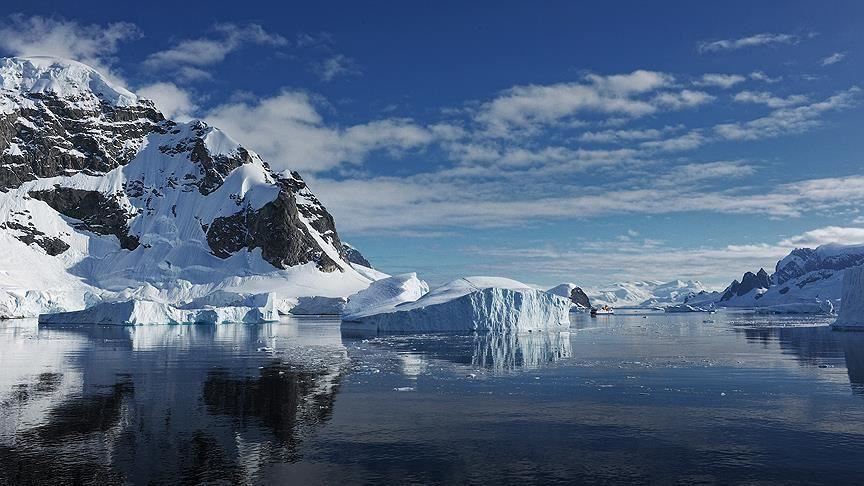Satellite data has revealed that the sea-ice surrounding Antarctica has reached unprecedented winter lows, raising concerns among experts. This worrisome trend marks a departure from the region’s historical resilience to global warming.
“Mind-Blowing” Extent of Ice Loss
Walter Meier, who monitors sea-ice at the National Snow and Ice Data Center, described the situation as “mind-blowing.” The extent of the ice loss has set a new benchmark, signifying an unstable Antarctic environment.
Antarctica Crucial Role in Climate Regulation
Antarctica plays a pivotal role in regulating global temperatures. Its vast expanse of ice reflects the Sun’s energy, cooling the surrounding water and atmosphere. Without this cooling effect, Antarctica could transform from a planetary refrigerator into a radiator, releasing heat into the environment.
Staggering Ice Loss
The area of sea-ice on the Antarctic Ocean’s surface now measures less than 17 million sq km, which is 1.5 million sq km below the September average and significantly lower than previous winter record lows. This lost ice area is approximately five times the size of the British Isles.
Dim Prospects for Recovery
Dr. Meier holds little hope for a substantial recovery of the sea-ice. Scientists are working to unravel the complex factors contributing to this year’s record-low sea-ice levels.
Vulnerabilities Exposed
As global heat and ocean temperature records continue to be broken, some experts emphasize the significance of diminishing sea-ice. The vulnerability of the region becomes increasingly evident, impacting research efforts and posing potential risks to scientists working in the area.
Unpredictable Future: A Feedback Loop of Melting
Sea-ice, which forms during the continent’s winter months and largely melts in summer, plays a protective role by preventing the ocean from warming. As more sea-ice disappears, dark ocean areas absorb sunlight, contributing to the ice-albedo effect. This cycle results in increased heat absorption, further ice melting, and potential disruptions to Antarctica’s temperature regulation.
AntarcticaCritical Role: A Looming Disaster?
Experts ponder whether Antarctica, with its shrinking sea-ice and ongoing changes to ice sheets, may become a “giant” awakening to the world. The consequences of substantial ice loss from Antarctica are dire, with land ice contributing to sea-level rise. Even modest sea-level increases can lead to devastating storm surges affecting coastal communities worldwide.
Climate Extremes: A New Normal?
Antarctica’s weather and climate system had shown some resilience until 2016 when an extreme heatwave rocked East Antarctica, pushing temperatures far above normal. This event was unexpected, given the region’s reputation for extreme cold.
An Ongoing Mystery
Antarctica remains a scientific frontier with numerous unknowns, as its remote location and limited historical data make comprehensive study challenging. Researchers are still working to understand factors contributing to the vanishing winter ice, including ice thickness, natural variability, warming oceans, changes in ocean currents, and atmospheric shifts.
The record-low sea-ice levels raise alarms among scientists, who view this as a potentially alarming sign of Antarctic climate change. The region’s dynamics are shifting, and understanding these changes is crucial for the planet’s future.
Emerging Concerns
As Antarctica’s climate continues to evolve, it underscores the urgency of addressing climate change and its global implications. The Antarctic’s resilience may be waning, and humanity must respond with effective measures to mitigate the challenges posed by a changing climate.
